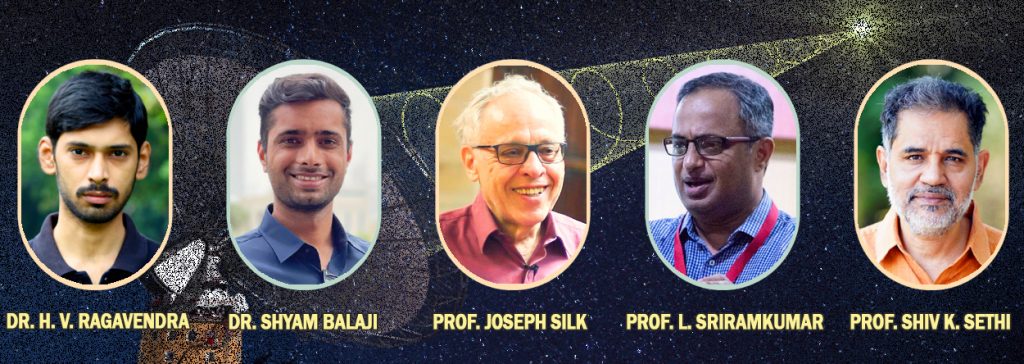
The beginning of the universe is shrouded in mystery. Although the Big Bang Theory is the universally accepted theory for explaining the beginning of the universe, many are skeptical of this theory.
Physicists and cosmologists study the beginning of the universe, such as, what happened during those initial moments of the birth of the universe. These researchers study the primordial universe, or in other words, what was going on during the beginning of the universe.
Inflation is a phenomenon that is readily agreed upon by all scientists in this field. Inflation refers to the theory of exponential expansion of space in the early universe. It is believed that once inflation happened, the universe expanded rapidly, but after inflation, expansion of the universe continued, but at a slower rate.
Of the many models of inflation, a model called ultra-slow-roll (USR) inflation is unique. This class of models can produce large amounts of primordial black holes (PBHs) and gravitational waves (GWs). If USR inflation model can be proven, we would know more about PBHs and GWs. With this knowledge, we would have a better understanding of the beginning of the universe, and the complete evolution of the universe could be understood as well.
USR can null the correlations of fluctuations at a specific scale. These fluctuations grow to form what are known as haloes during Dark Ages. Haloes are generally giant gas bubbles. The Dark Ages refers to the time in the universe before the first stars were formed.
This null in fluctuations becomes what is known as a dip in the distribution of haloes.
The USR model predicts: dip, PBHs, and GWs. If the dip can be detected, it would be possible to detect PBHs and GWs.
There is an electromagnetic radiation spectral line called the 21 centimeter line, or the hydrogen line, or the HI line, emitted by neutral hydrogen. It is believed that the dip can be captured by future radio detectors of 21 centimeter signals coming from the hydrogen clouds of the haloes forming in Dark Ages. One future detector that can observe this is a radio interferometer on the far side of the Moon.
If detected, the null confirms ultra-slow-roll (USR) model of inflation. With this knowledge, PBHs and GWs can also be detected. This would lead to a better understanding of the beginning and evolution of the universe.
This study proposes that the dip can be detected within a range of wave numbers that can be observed using the future 21 cm observations.
This result opens up the possibilities of detecting inflation through the 21 centimeter line at the level of power and bispectra.
The authors of this paper are:
1. Dr. Shyam Balaji from Laboratoire de Physique Theorique et Hautes Energies (LPTHE), Paris, France
2. Dr. H. V. Ragavendra from the Department of Physical Sciences, Indian Institute of Science Education and Research (IISER) Kolkata, Mohanpur, Nadia, India, who is currently at Raman Research Institute, C. V. Raman Avenue, Sadashivanagar, Bengaluru, India
3. Prof. Shiv K. Sethi from Raman Research Institute, C. V. Raman Avenue, Sadashivanagar, Bengaluru, India, who is also affiliated with Centre for Strings, Gravitation and Cosmology, Department of Physics, Indian Institute of Technology (IIT) Madras, Chennai, India
4. Prof. Joseph Silk from Institut d’ Astrophysique de Paris, Paris, France
5. Prof. L. Sriramkumar from Centre for Strings, Gravitation and Cosmology, Department of Physics, Indian Institute of Technology (IIT) Madras, Chennai, India
Prof. Tirthankar Roy Choudhury from the National Centre for Radio Astrophysics (NCRA), Tata Institute of Fundamental Research (TIFR), Pune, India, acknowledged the importance of this study with the following comments: “Detecting observational signatures of the inflationary phase of the universe is a challenging task. So the cosmologists find it useful to look for different kinds of experiments which can inform us about the inflationary phase. This work proposes an interesting idea that certain models of inflation can imprint signatures on the 21 cm signal fluctuations arising from the “dark ages” (the era of the universe before any stars or galaxies formed). This signature is potentially detectable in future probes e.g., the lunar missions. The calculations in the paper opens up a new possibility of exploring inflation through the 21 cm signal, and I am sure there will be several follow-up works along these lines.”
Article by Akshay Anantharaman
Click here for the original link to the paper











